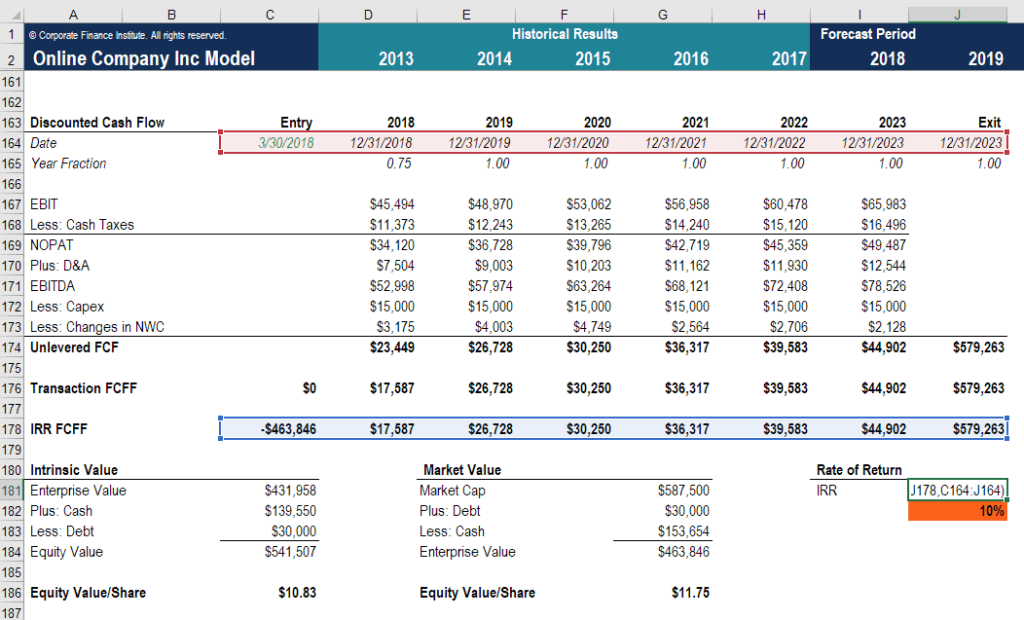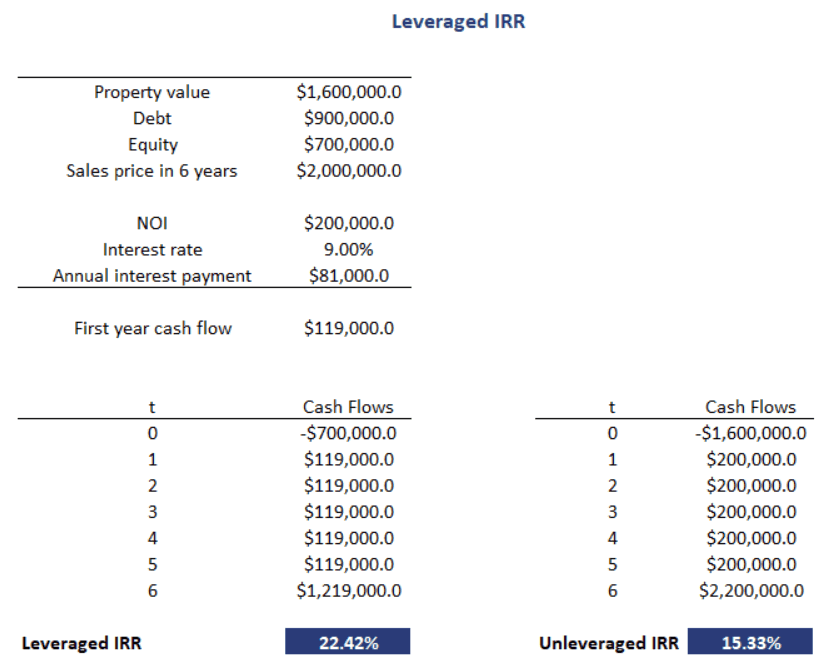Table of ContentsThe Ultimate Guide To What Is Derivative In FinanceThe Buzz on What Determines A Derivative FinanceFinance What Is A Derivative Things To Know Before You BuyExamine This Report on What Are Derivative Instruments In Finance
Nevertheless, if a stock's rate is above the strike price at expiration, the put will be worthless and the sellerthe option writergets to keep the premium as the alternative expires. If the stock's rate is below the strike price at expiration, the call will be worthless and the call seller will keep the premium.
These are referred to as American-style choices, however their use and early workout are unusual. As the above examples highlight, derivatives can be a beneficial tool for businesses and investors alike. They supply a method to lock in costs, hedge against unfavorable movements in rates, and reduce risksoften for a limited expense.

On the disadvantage, derivatives are challenging to value due to the fact that they are based upon the cost of another asset. The dangers for OTC derivatives include counter-party threats that are tough to predict or value also. what is considered a derivative work finance. The majority of derivatives are likewise sensitive to changes in the quantity of time to expiration, the expense of holding the hidden property, and interest rates.
Pros Lock in costs Hedge versus threat Can be leveraged Diversify portfolio Cons Difficult to worth Topic to counterparty default (if OTC) Complex to understand Sensitive to provide and demand factors Also, considering that the derivative itself has no intrinsic valueits value comes only from the underlying assetit is susceptible to market sentiment and market threat - what is considered a derivative work finance.
Finally, derivatives are generally leveraged instruments, and utilizing take advantage of cuts both methods. While it can increase the rate of return it likewise makes losses install quicker. Lots of acquired instruments are leveraged. That indicates a small amount of capital is required to have an interest in a large quantity of value in the hidden asset.
Financial instrument In financing, a derivative is an agreement that derives its worth from the efficiency of an underlying entity. This underlying entity can be an property, index, or interest rate, and is frequently just called the "underlying". Derivatives can be used for a variety of functions, consisting of insuring against price motions (hedging), increasing exposure to rate movements for speculation or getting access to otherwise hard-to-trade assets or markets.
Some Of What Is A Derivative In Finance
The majority of derivatives are traded non-prescription (off-exchange) or on an exchange such as the Chicago Mercantile Exchange, while a lot of insurance coverage agreements have actually become a separate market. In the United States, after the financial crisis of 20072009, there has actually been increased pressure to move derivatives to trade on exchanges. Derivatives are among the 3 main categories of financial instruments, the other two being equity (i.e., stocks or shares) and debt (i.e., bonds and mortgages).
Container shops, disallowed in 1936, are a more recent historical example. Derivatives are agreements in between two parties that specify conditions (especially the dates, resulting values and meanings of the underlying variables, the celebrations' legal obligations, and the notional quantity) under which payments are to be made between the celebrations. The assets consist of commodities, stocks, bonds, rate of interest and currencies, but they can also be other derivatives, which adds another layer of complexity to proper evaluation.

From the financial point of view, monetary derivatives are cash streams that are conditioned stochastically and discounted to present worth. The market threat inherent in the underlying asset is attached to the monetary derivative through legal arrangements and hence can be traded independently. The hidden asset does not need to be acquired.
This also supplies a significant amount of flexibility concerning the contract style. That contractual flexibility enables acquired designers to modify the participation in the efficiency of the hidden property nearly arbitrarily. Thus, the involvement in the market value of the underlying can be successfully weaker, stronger (take advantage of effect), or carried out as inverted.
There are two groups of acquired agreements: the independently traded non-prescription (OTC) derivatives such as swaps that do not go through an exchange or other intermediary, and exchange-traded derivatives (ETD) that are traded through specialized derivatives exchanges or other exchanges - what is considered a "derivative work" finance data. Derivatives are more common in the modern age, but their origins trace back numerous centuries.
Derivatives are broadly categorized by the relationship between the underlying asset and the derivative (such as forward, alternative, swap); the kind of underlying property (such as equity derivatives, foreign exchange derivatives, rates of interest derivatives, commodity derivatives, or credit derivatives); the market in which they trade (such as exchange-traded or over-the-counter); and their pay-off profile.
The Best Guide To What Are Derivative Instruments In Finance
Lock items (such as swaps, futures, or forwards) obligate the legal celebrations to the terms over the life of the contract. Alternative items (such as rate of interest swaps) offer the buyer the right, but not the commitment to enter the agreement under the terms defined. Derivatives can be utilized either for threat management (i.e.
making a financial "wager"). This difference is essential due to the fact that the former is a prudent element of operations and financial management for numerous firms across many industries; the latter deals supervisors and investors a risky chance to increase profit, which might not be effectively divulged to stakeholders. Along with numerous other monetary products and services, derivatives reform is an aspect of the DoddFrank Wall Street Reform and Customer Protection Act of 2010.
To provide a concept of the size of the acquired market, has reported that as of June 2011, the non-prescription (OTC) derivatives market totaled up to approximately $700 trillion, and the size of the market traded on exchanges amounted to an extra $83 trillion. For the 4th quarter 2017 the European Securities Market Authority estimated the size of European derivatives market at a size of 660 trillion with 74 million outstanding agreements.
For example, in 2010, while the aggregate of OTC derivatives went beyond $600 trillion, the worth of the market was approximated to be much lower, at $21 trillion. The credit-risk equivalent of the acquired agreements was approximated at $3.3 trillion. Still, even these scaled-down figures represent huge amounts of cash. For viewpoint, the https://postheaven.net/hirinagh3w/b-table-of-contents-b-a-0vqp budget for total expense of the United States federal government during 2012 was $3.5 trillion, and the overall present worth of the U.S.
Meanwhile, the world yearly Gdp has to do with $65 trillion. At least for one type of derivative, Credit Default Swaps (CDS), for which the fundamental danger is considered high [], the greater, small worth stays appropriate. It was this type of derivative that investment tycoon Warren Buffett described in his famous 2002 speech in which he alerted versus "financial weapons of mass damage".
Derivatives are used for the following: Hedge or to mitigate threat in the underlying, by getting in into an acquired contract whose value relocations in the opposite direction to their underlying position and cancels part or all of it out Create alternative capability where the value of the derivative is linked to a specific condition or occasion (e.g., the underlying reaching a specific price level) Get exposure to the underlying where it is not possible to trade in the underlying (e.g., weather derivatives) Provide utilize (or gearing), such that a little motion in the hidden worth can trigger a large difference in the value of the derivative Speculate and make an earnings if the value of the underlying property moves the way they anticipate (e.g.
What Are Derivative Instruments In Finance for Dummies
For instance, an equity swap permits an investor to get constant payments, e.g. based upon LIBOR rate, while preventing paying capital gains tax and keeping the stock. For arbitraging purpose, allowing a riskless earnings by simultaneously participating in transactions into 2 or more markets. Lock items are in theory valued at zero at the time of execution and therefore do not normally need an up-front exchange between the parties.
Importantly, either party is for that reason exposed to the credit quality of its counterparty and is interested in securing itself in an event of default. Option items have instant value at the start due to the fact that they provide specified protection (intrinsic worth) over an offered period (time value). One common type of alternative product familiar to numerous customers is insurance for houses and cars.